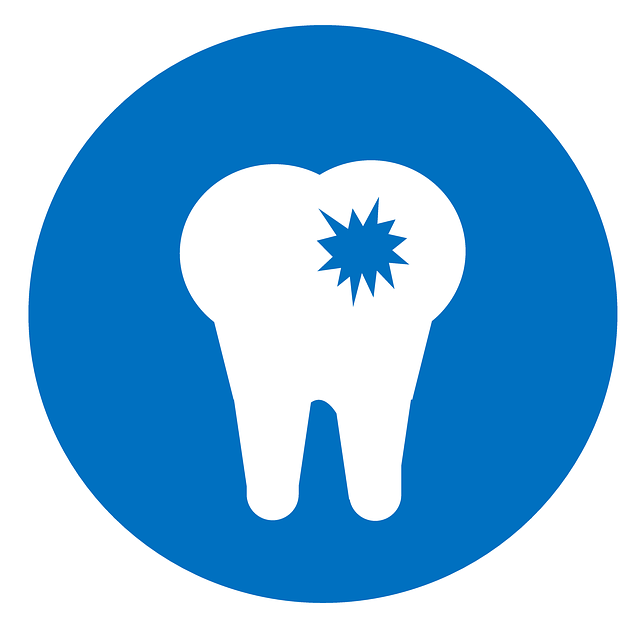Dental Health And Your Diet

Remember the old saying: You are what you eat? Well, that is exactly the case when it comes to great dental health and your diet. We all know that the foods we consume affect our overall health, but what you eat, when you eat it, and how often you eat it can also impact your dental health. Consuming a lot of sugary snacks and drinks like soda and energy drinks can put you at risk for tooth decay. Tooth decay has become one of the most common diseases today, especially in children and teens.
The best way to avoid partaking of so much sugar is to pay more attention to food labels. Always choose the less sugary option when possible. Even foods that we think are healthy, such as cereal, contain high amounts of sugar. Commercial ads have greatly contributed to this problem, especially when it comes to children. You have most likely noticed that most of the ads are for the breakfast products that are practically devoid of any healthy nutrients, but they appear attractive to our children. This is due to packaging and presentation. These foods are chocolate or disguised as cute cartoon characters and the like, to entice our kids to ask for them. One way to cut down on the harmful effect of sugar is to have a treat with your meal.
If you are unsure of the nutritional needs of you or your children, consult your dentists in Boulder or family doctor. He or she can provide you with information on maintaining a healthy diet for your family. If you have a young child in the home, do not allow them to walk around with a cup or bottle of milk or juice or sleep with it at night. If they must have a bottle to sleep, fill it with water.
Establishing a healthy diet routine is simple if you follow a few guidelines:
1. Follow the outline for a nutritional diet. Your diet should include: a. Fruits and vegetables b. Whole grains c. Low-fat or fat-free dairy products d. Lean protein such as skinless poultry or fish, lean beef, dry beans, peas and legumes 2. Drink plenty of water. 8 glasses a day is recommended. 3. Place a limit on the amount of snacks. If you must snack, pick healthy ones such as cheese or fruits and vegetables. When eaten with a meal, foods cause less harm because more saliva is formed and that will assist to remove foods and also lessen the effect of acids, which lead to tooth decay. 4. Besides a nutritional diet, remember to maintain good dental health habits such as brushing and flossing each day and making regular visits to the dentist.
Following these simple guidelines will help ensure that great dental health and your diet are in alignment.


